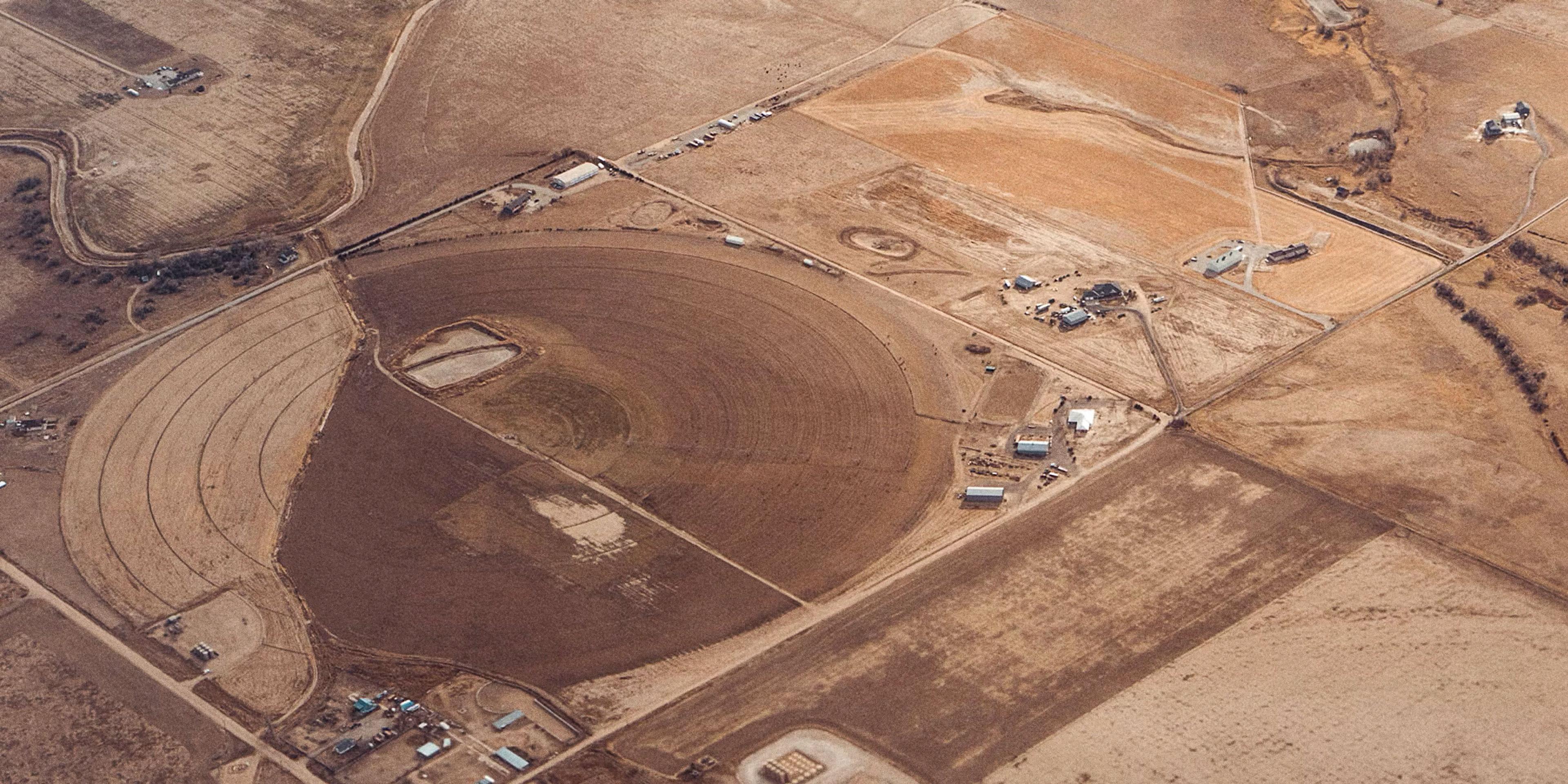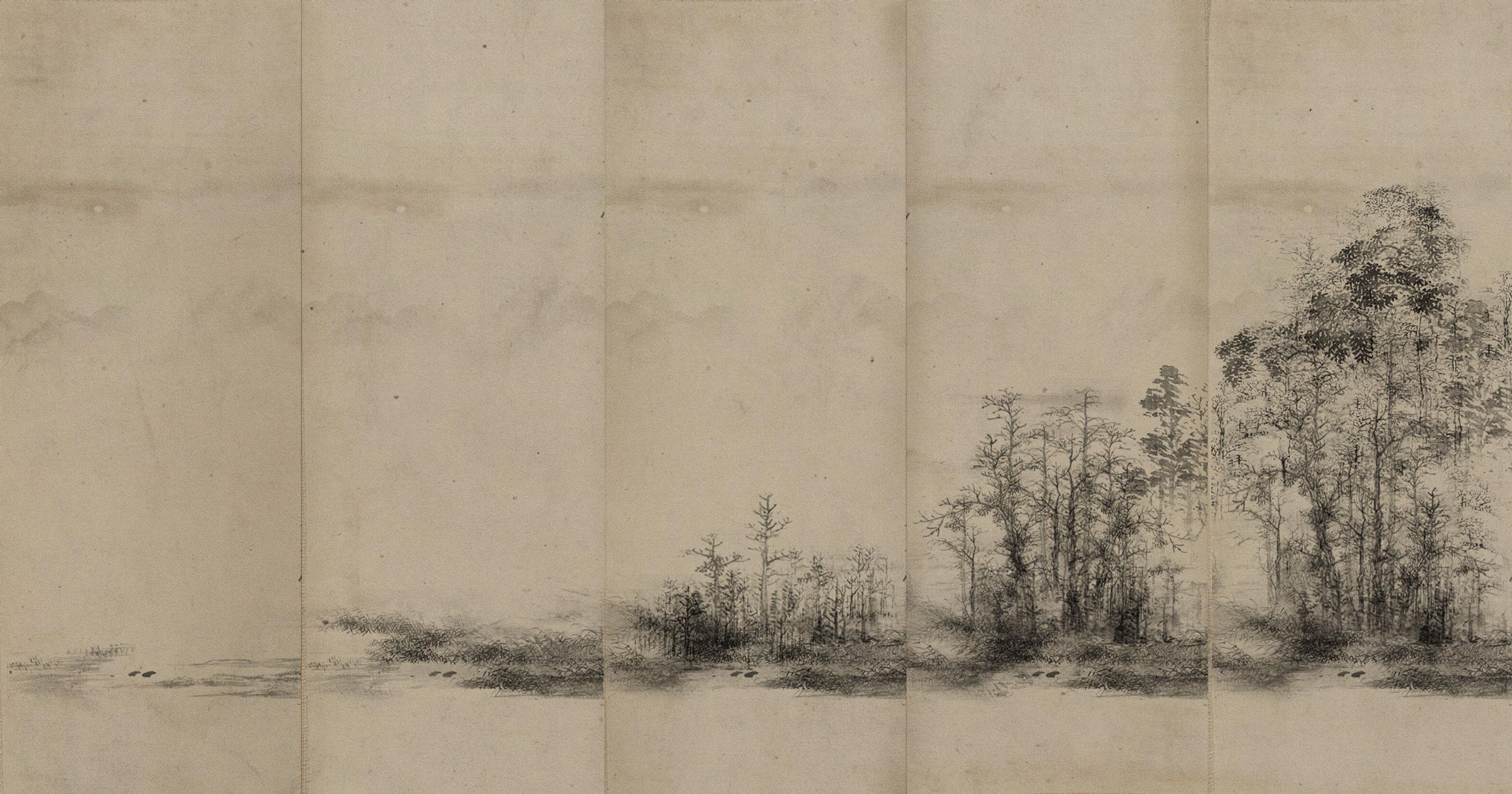Can farmers pull a solution to the water crisis out of thin air?
Like most farmers, Jason Amundsen spends a lot of time thinking about water.
Amundsen, who produces berries and pasture-raised eggs on a farm half an hour outside of Duluth, Minnesota, has experienced inconsistent moisture in recent years: In 2023, his land suffered a drought, though lately it’s had too much rain.
Through his reading, he knew water scarcity didn’t just affect him. So in 2022, he wrote the college of engineering at the University of Minnesota Duluth with a question: “Can you take the power of a car battery and make water?”
For a liquid, water is strangely inflexible. The proportion of global water that’s fresh and easily accessible is tiny, and competition for it is increasing, as demand rises due to population growth and industrial activities.
Yet no industry is thirstier than agriculture. Roughly 70% of freshwater used globally goes to agriculture, depleting aquifers faster than they can be replenished. Meanwhile, for the vast majority of farmers who rely on rain, climate change is driving longer and more intense droughts, spurring reliance on irrigation — and crop failures.
This has consequences for billions of people worldwide: A 2024 report estimated that in regions responsible for half the world’s food production, water storage (reserves either on or beneath the earth’s surface) is projected to decline sharply by 2050.
But now, a growing number of farmers like Amundsen — who is developing a low-power, small-scale system (hence the car battery) that can be replicated for other farmers — as well as researchers and entrepreneurs, are investigating ways to pull water from the atmosphere to provide for an agricultural sector facing catastrophic water shortages.
“We’ve gotten really good at moving surface water, and really good at treating wastewater to irrigate crops, and even desalination of oceans to irrigate,” said Paul Westerhoff, an environmental engineer at Arizona State University. He’s also the president of the International Atmospheric Water Harvesting Association, which was established this past summer as a way to coordinate the burgeoning industry. Atmospheric water harvesting, he told Offrange, is a “more intentional way” to take water out of the air.
The approach faces hurdles, from high costs to energy intensiveness. But proponents say the risk of water shortages — and the potential for profit, with the atmospheric water harvesting market already valued at more than $2 billion a year — make the prospect worth pursuing.
If atmospheric water harvesting sounds familiar, that’s perhaps because it’s a staple of science fiction. In “Star Wars,” Luke Skywalker’s adoptive family ekes out a life as moisture farmers, sucking water from the dry desert atmosphere of Tatooine. In Frank Herbert’s “Dune,” characters wear suits that harvest precious drops of moisture from the air.
Atmospheric water harvesting on this planet takes advantage of the earth’s hydrologic cycle, whereby water travels from the atmosphere to the surface and back again.
The atmosphere has more water in it than all the rivers of the world combined.
In between bouts of evaporation and precipitation, water hovers in the atmosphere for about 10 days. “The atmosphere has more water in it than all the rivers of the world combined,” Westerhoff said. “There’s a lot of water and it’s turning over pretty quickly.”
That volume (roughly 3,100 cubic miles of water at any given time) makes it a nearly inexhaustible resource. And unlike draining an aquifer, tapping into an atmospheric source — say, to grow plants — doesn’t remove water for an extended time; instead, water absorbed by those plants is released back into the atmosphere as they grow, maintaining the cycle.
Harvesting that water takes three forms, Westerhoff said. One involves capturing water from fog and dew, using nets or other surfaces to harness water droplets. This method has a long history — though it’s being updated with high tech materials — and works in coastal and mountain locations (such as the Canary Islands). But because this method requires a soggy atmosphere, it isn’t effective everywhere.
Another involves devices that use condensation, akin to household dehumidifiers, where warm air is sucked in and run over a cold surface. Removing the heat condenses the water, turning it into water droplets that can then be used for drinking water and other purposes. (Crucially, though, a regular dehumidifier does not produce water that’s safe to drink.)
The third type — “the one that’s really been changing the landscape over the last 10 years,” Westerhoff said — uses desiccants (like the little bags of silica found in some food and clothing packaging) to absorb water from the air, and expel it again when the desiccant is heated up.
Amundsen has been exploring an option that uses devices similar to household dehumidifiers.
Working with the University of Minnesota Duluth and the University of St. Thomas in St. Paul, Amundsen is prototyping a device resembling a mini fridge, which uses a power source — either car batteries or solar panels — that’s small enough to be moved around easily to a field or an orchard. There, it can produce up to 45 liters of water from air a day, at a relative humidity level comparable to that of New York City. “Our approach to solving the problem is, you know, how do we make this small? How do we make this portable?”
Other organizations are trying the condensation-based approach at a larger scale. For the last decade, the Moses West Foundation, founded by a former army captain, has been working with units that can harvest up to 5,000 liters a day, for military deployments and communities facing water crises, such as Flint, Michigan, as well as in regions affected by natural disasters like Hurricane Maria.
Using solar power, these machines pull moist air out of the environment, pass it over cold steel, and filter the resulting water to make it drinkable.
“The tech is not all that complicated,” chief business officer Colin Hutzler said. “I think [atmospheric water harvesting] is the only long-term solution for the current water crisis, which is getting worse by the day.”
“Clean water from air… As a reasonable person, anyone would hear that and say that’s crazy.”
The foundation’s current focus is drinking water, but Hutzler said there’s room to expand. “Agriculture is huge for us,” he said, particularly in vertical farming (though they’re not yet working in conventional agriculture).
“Clean water from air… As a reasonable person, anyone would hear that and say that’s crazy. But it’s been done and it is being done and it will continue to be done, and the tech is only getting better.”
In Nevada — currently experiencing the worst megadrought in 1,200 years — a startup called WAVR Technologies is pursuing the desiccant-based model, using an approach inspired by Australian tree frogs, who absorb water through their skin rather than drinking. The process draws ambient humidity through a membrane called a hydrogel, and stores that water in a liquid salt solution until it’s released by applying heat.
Rich Sloan, WAVR co-founder, said the approach works down to 10% relative humidity, which is drier than the Sahara Desert. Currently, the system is producing just a single liter per day, though the company is in the process of engineering 10,000-liter-a-day units.
Sloan said the company is targeting industrial users of water, including within agriculture, as they wanted to focus on applications that will have the greatest impact on water usage. In agriculture, the most likely application would be in processing food and other agricultural products, where waste heat from a processing facility can be used to help extract water from the salt solution, driving costs down.
“Agriculture is extremely cost-sensitive. Margins are already stressed. So we think that a breakthrough approach like ours moves us closer to economic feasibility, and therefore hopefully proliferation of this incremental source of water.”
Anjali Mulchandani, assistant professor in the department of engineering at the University of New Mexico, has analyzed the economic viability of a dehumidifier-like system for atmospheric water harvesting. In her analysis, atmospheric water harvesting can be cheaper than bottled water, though it’s orders of magnitude more expensive than desalinated water.
Ultimately, the technology is not complicated, Mulchandani said. It’s the power to run it, and the conditions it’s deployed in, that determine whether it’s viable.
“To me the real-world equation questions are, like, reasonably what climates can you do this in? Reasonably where does your power come from? And then what will your water quality be?”
Mulchandani said she could see atmospheric water harvesting being used in agriculture, but the cost of the water is so high it would be a tough sell to farmers.
But farmers like Amundsen still see potential.
He’s started offering the device to farmers across the country to test (and is seeking more farmers willing to give it a spin), though he stresses that they’re still at an early stage. But with the specter of catastrophic water shortages looming ever closer — the Global Commission on the Economics of Water projects that freshwater use will exceed supply by 2030 — the time to try something different is now.
“None of this is proven,” Amundsen said. “But we think we’re holding out a solution.”









